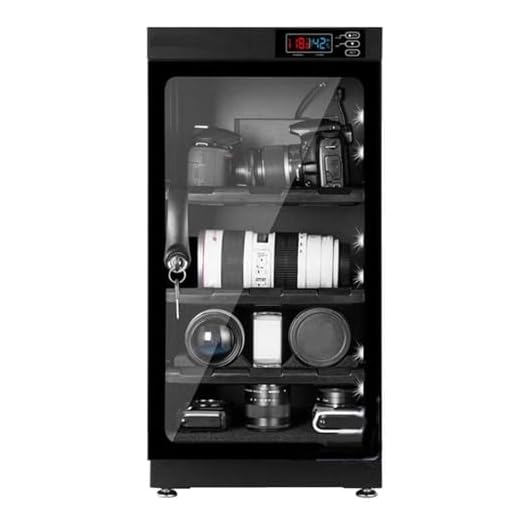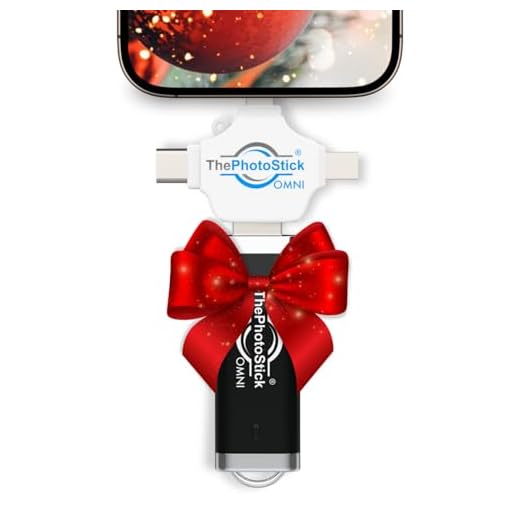




Do you want to transfer your precious photos from your digital camera to your computer? It’s a simple process that can be done in just a few easy steps. Whether you’re looking to back up your photos or edit them on your computer, downloading pictures from your digital camera is the first step.
In this guide, we will walk you through the process of downloading pictures from your digital camera onto your computer, regardless of whether you’re using a Mac or PC. With the right tools and a bit of patience, you’ll have your photos safely stored on your computer in no time.
Step-by-step guide to download pictures from digital camera onto computer
1. Connect your digital camera to your computer using a USB cable.
2. Turn on your digital camera and set it to the appropriate mode for transferring photos.
3. Open the file explorer on your computer and locate the connected camera device.
4. Double-click on the camera device to open it and view the folders containing your photos.
5. Select the photos you want to download by clicking and dragging them to a folder on your computer.
6. Wait for the photos to finish transferring and then safely eject your camera from the computer.
7. Open the folder on your computer where you saved the photos to view and organize them as needed.
Prepare your digital camera and computer
Before you can download pictures from your digital camera onto your computer, you need to make sure both devices are ready for the process.
Step 1: Charge your digital camera
Ensure that your digital camera is fully charged or connect it to a power source to prevent it from turning off during the transfer process.
Step 2: Connect your digital camera to your computer
Use the USB cable that came with your camera to connect it to your computer. Make sure the cable is securely plugged into both devices.
Connect the camera to the computer using a USB cable
To transfer pictures from your digital camera to your computer, you will need to connect the camera to the computer using a USB cable. Follow these steps to establish the connection:
- Locate the USB port on your digital camera. It is usually located on the side or the bottom of the camera.
- Connect one end of the USB cable to the USB port on your digital camera.
- Locate the USB port on your computer. It is typically located on the side or the back of the computer.
- Connect the other end of the USB cable to the USB port on your computer.
- Turn on your digital camera. Some cameras may prompt you to select a connection mode, such as “Transfer Images” or “PC Mode.” Follow the on-screen instructions if prompted.
Once the camera is connected to the computer, you can proceed with downloading the pictures using the appropriate software or by accessing the camera as a storage device.
Turn on the digital camera and computer
Before you can download pictures from your digital camera onto your computer, make sure both devices are turned on and ready to connect. Ensure that your camera has enough battery power and that the computer is powered up and running.
Connect the camera to the computer using a USB cable or insert the camera’s memory card into the appropriate slot on your computer if it has a card reader. Once connected, your computer should recognize the camera as a storage device and allow you to access the photos.
Locate the camera storage on your computer
After connecting your digital camera to your computer with a USB cable, your computer should recognize the camera as a storage device. You can usually find the camera storage by opening “My Computer” or “This PC” on Windows or “Finder” on Mac. Look for the camera’s name or model number in the list of available drives or devices.
If your camera uses a memory card, you may need to remove the card from the camera and insert it into a card reader on your computer. The memory card will then show up as a removable storage device.
Select the pictures you want to download
Before downloading pictures from your digital camera to your computer, you need to select the images you want to transfer. This step is important to avoid transferring unnecessary files and to make the process more efficient.
To select pictures on your digital camera, you can use the camera’s built-in display to review the images and choose the ones you want to download. You can typically navigate through the pictures using the camera’s arrow buttons and select or deselect images using the designated buttons or touchscreen.
Alternatively, you can also connect your camera to your computer and use the software provided by the camera manufacturer to select the images for download. This software usually allows you to preview the pictures on your computer screen and choose the ones you want to transfer.
Copy the selected pictures to a folder on your computer
Once you have selected the pictures you want to transfer to your computer, you can copy them to a specific folder on your computer for easy access. Follow these steps:
| Step 1: | Right-click on the selected pictures. |
| Step 2: | Click on “Copy” from the context menu. |
| Step 3: | Navigate to the folder on your computer where you want to save the pictures. |
| Step 4: | Right-click in the folder and select “Paste” from the context menu. |
Your selected pictures will now be copied to the designated folder on your computer. You can access them whenever you need to view or edit them.
Safely Eject the Camera from the Computer
Once you have transferred all the pictures from your digital camera to your computer, it is important to safely eject the camera from the computer to avoid any data loss or damage. Follow these steps to safely remove the camera:
- Make sure all the files have been successfully transferred to your computer.
- Close any programs or windows that are accessing the camera.
- Locate the camera icon on your computer’s desktop or in the file explorer.
- Right-click on the camera icon and select “Eject” or “Safely Remove Hardware.”
- Wait for the computer to notify you that it is safe to disconnect the camera.
- Once you receive the confirmation message, safely disconnect the camera’s USB cable from the computer.
By following these steps, you can ensure that your digital camera is safely disconnected from your computer without risking any data loss or damage to your files.
Check the downloaded pictures for quality
After transferring the pictures from your digital camera to your computer, it’s important to check the quality of the downloaded images. Here are a few steps to ensure that your pictures are clear and sharp:
1. Open the folder where you saved the pictures on your computer.
2. Double-click on each image to view it in full size.
3. Look for any blurriness, pixelation, or other distortions in the image.
4. Zoom in on the picture to see if the details are crisp and clear.
5. Compare the downloaded picture to the original image on your camera’s memory card to ensure there are no differences in quality.
By carefully checking the downloaded pictures, you can make sure that you have successfully transferred high-quality images from your digital camera to your computer.
Organize the downloaded pictures into folders
Once you have downloaded the pictures from your digital camera onto your computer, it’s important to organize them into folders to make them easier to manage and find in the future. Here are some tips on how to organize your pictures:
- Create a main folder for all your pictures, and then create subfolders within this main folder to categorize your pictures by date, event, or subject.
- Use descriptive folder names to help you quickly identify the contents of each folder. For example, you could create folders named “Vacation 2022,” “Family Reunion,” or “Nature Photography.”
- Consider creating a folder structure that makes sense for your needs. You could organize your pictures chronologically, by event type, or by location.
- Regularly review and update your folder structure to keep it organized and easy to navigate.
Backup the downloaded pictures to an external storage device
Once you have successfully downloaded your pictures from your digital camera to your computer, it’s important to create a backup of these files to ensure you don’t lose them. One of the best ways to do this is by transferring the pictures to an external storage device such as a USB flash drive, external hard drive, or cloud storage service.
To backup your pictures to an external storage device, follow these steps:
| 1. | Connect your external storage device to your computer using the appropriate cable or connection method. |
| 2. | Locate the folder where you saved your downloaded pictures on your computer. |
| 3. | Select all the pictures you want to backup by clicking and dragging your mouse to highlight them, or by using the Ctrl or Command key to select multiple files. |
| 4. | Right-click on the selected pictures and choose the option to copy or cut the files. |
| 5. | Navigate to the folder on your external storage device where you want to save the pictures. |
| 6. | Right-click in the folder and choose the option to paste the copied or cut files. |
| 7. | Wait for the files to finish copying to the external storage device. |
| 8. | Safely eject the external storage device from your computer to ensure the files are saved properly. |
By backing up your downloaded pictures to an external storage device, you can protect your precious memories and ensure you have a second copy of your files in case anything happens to your computer.
FAQ
What is the best way to transfer photos from a digital camera to a computer?
One of the best ways to transfer photos from a digital camera to a computer is by using a USB cable. Simply connect your digital camera to the computer using the USB cable provided with your camera. Your computer should recognize the camera as a removable storage device, allowing you to easily transfer the photos to your computer.
Can I transfer photos wirelessly from my digital camera to my computer?
Yes, you can transfer photos wirelessly from some digital cameras to your computer if both devices support Wi-Fi connectivity. Many modern digital cameras come equipped with Wi-Fi capabilities, allowing you to transfer photos directly to your computer or smartphone without the need for a physical connection. Check your camera’s user manual for instructions on how to set up wireless photo transfer.









